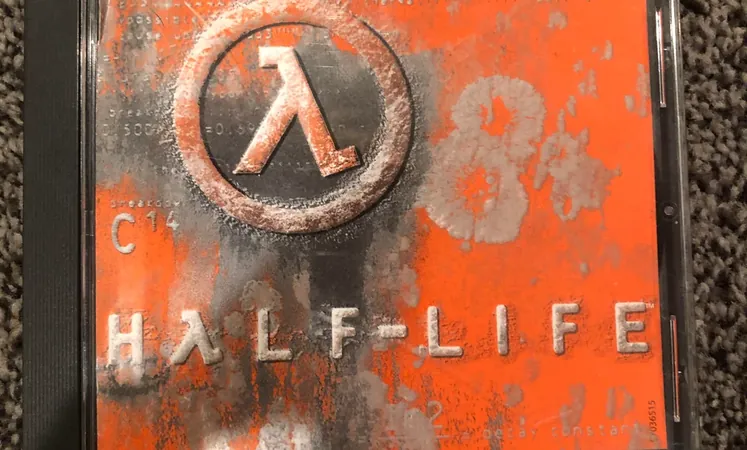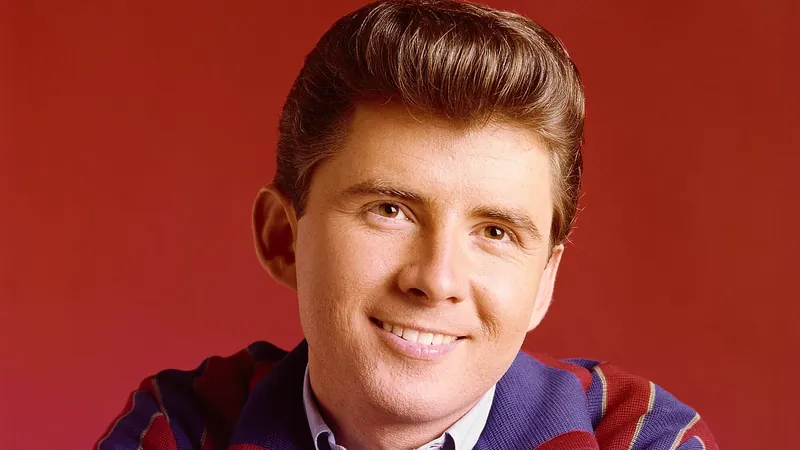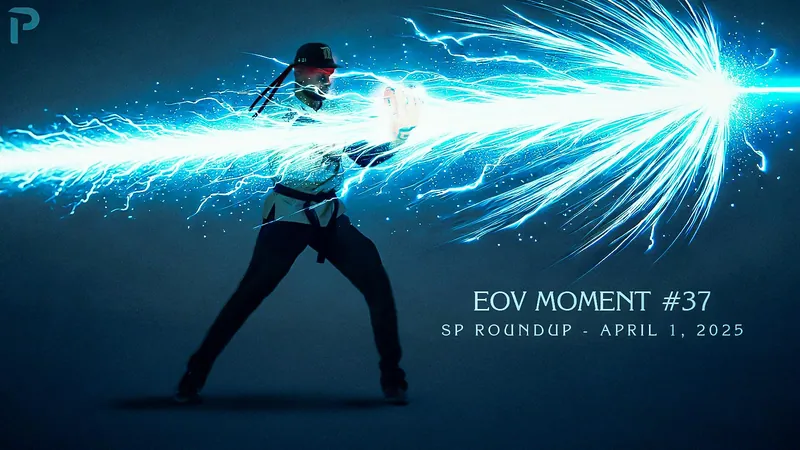
How a Family Lesson in Piracy Paved the Way for Valve's DRM Revolution
2025-03-24
Author: Ken Lee
In 2004, Half-Life 2 wasn't just a game; it was the catalyst that propelled Steam to become the quintessential digital rights management (DRM) platform for PC games. However, the seeds for this innovation were sown years earlier, in 1998, when Valve cofounder Monica Harrington had a eye-opening experience involving her nephew's newfound hobby—a CD-ROM burner.
During a recent Game Developers Conference, Harrington recounted how she had sent her nephew funds meant for school supplies, only to discover later that he had used the money to purchase a CD burner. His heartfelt thank you note, which expressed his excitement about copying and sharing games with friends, struck a chord with Harrington. This innocent enthusiasm made her realize that the advent of CD-burner technology was heralding a generational change in the public perception and accessibility of game piracy.
Prior to this technological shift, piracy in the gaming industry certainly existed, but it was much more cumbersome, often requiring extensive tools like large codewheels found in early PC game boxes. Harrington noted that her nephew's casual attitude towards copying games highlighted a vulnerability in the market; if players perceived piracy as a norm, traditional business models would be under serious threat.
Soon after the launch of the original Half-Life, Valve implemented a basic CD key verification system to combat piracy. Curiously, complaints began flooding in on message boards from players claiming the game wasn’t functioning correctly. However, upon investigating, cofounder Mike Harrington discovered that many of these users had not purchased the game at all. This revelation confirmed the effectiveness of Valve's authentication system, shedding light on players’ true behavior regarding game ownership.
In a follow-up conversation with PC Gamer, Monica remarked that her ex-husband believed they had already established some form of DRM before the CD burner incident. Nonetheless, the event undeniably sharpened Valve's awareness of the general public's approach to piracy. "He was 19 years old... he wasn't concerned with corporate interests or intellectual property," Harrington explained. Her nephew later expressed regret over his actions, but Harrington saw great value in the lesson learned.
Despite the implementation of the CD key system for Half-Life's DRM, it was still relatively easy to circumvent with the right codes—a fact that is well-documented by members of the gaming community at the time. However, the initial protective measures laid the groundwork for a more sophisticated DRM system that would come with Half-Life 2, ultimately shaping the future of digital games.
Harrington’s GDC talk also highlighted numerous other aspects of Valve's early challenges, including the threat of abandoning Half-Life 2 due to rights issues with its retail publisher, Sierra. This insight into Valve's history offers a fascinating look at how personal experiences can significantly impact technological innovation in an industry that continually evolves.
As the gaming landscape continues to shift, this intriguing story serves as a reminder of the unpredictable ways in which family dynamics can forge groundbreaking developments.





 Brasil (PT)
Brasil (PT)
 Canada (EN)
Canada (EN)
 Chile (ES)
Chile (ES)
 Česko (CS)
Česko (CS)
 대한민국 (KO)
대한민국 (KO)
 España (ES)
España (ES)
 France (FR)
France (FR)
 Hong Kong (EN)
Hong Kong (EN)
 Italia (IT)
Italia (IT)
 日本 (JA)
日本 (JA)
 Magyarország (HU)
Magyarország (HU)
 Norge (NO)
Norge (NO)
 Polska (PL)
Polska (PL)
 Schweiz (DE)
Schweiz (DE)
 Singapore (EN)
Singapore (EN)
 Sverige (SV)
Sverige (SV)
 Suomi (FI)
Suomi (FI)
 Türkiye (TR)
Türkiye (TR)
 الإمارات العربية المتحدة (AR)
الإمارات العربية المتحدة (AR)